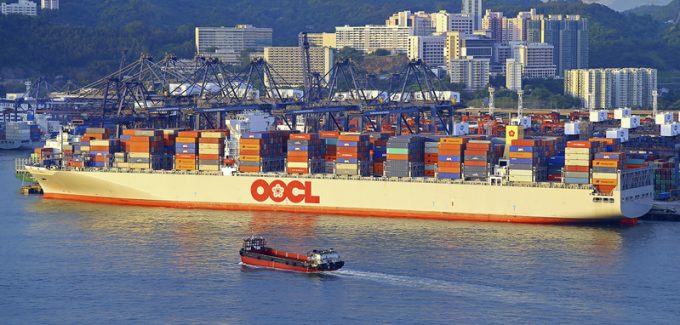Security fears drive tighter cargo manifest rules for box cargo in UAE ports
Authorities in the UAE are close to rolling out a revamped, tighter cargo manifest system ...

Cosco’s subsidiary ocean carrier, OOCL, increased its liftings by 3.2% in the first six months of the year, compared with the same period in 2018, to 3,374,412 teu with revenue up 6.5% to just over $3bn.
The carrier said that during the period, capacity increased by ...

Comment on this article